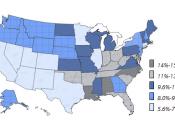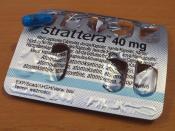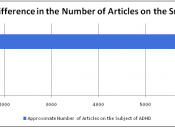A recent article by Karen R. Stern, titled "A treatment Study of Children With Attention Deficit Hyperactivity Disorder," published by the Office of Juvenile Justice and Delinquency Prevention (OJJDP) summarized the results of a study conducted by the National Institute of Mental Health (NIMH). The purpose of the study was to assess the effectiveness of different treatment protocols for children with Attention Deficit Hyperactivity Disorder (ADHD). According to Ms. Stern, the study is the first and the largest clinical trial conducted by the NIMH focusing on a childhood mental disorder. The study results indicate treatment with medication alone or in conjunction with an intensive behavioral treatment program were more effective in reducing the symptoms of ADHD than either behavioral treatment alone or routine community care.
According to Ms Stern, ADHD is the most commonly diagnosed childhood disorder affecting an estimated 3 to 5 percent of school age children.
According to some studies ADHD is 5 times more likely to occur more often in boys than girls. ADHD is also considered to be genetic, since it is more frequently diagnosed in children with close relatives with ADHA.
ADHD's fundamental symptoms include inattention, hyperactivity, and impulsivity. Children with ADHD are easily distracted and have difficulty focusing on a task or often become bored after only a few minutes. Children with ADHD sometimes begin many tasks at the same time, but often fail to complete any of them. However, hyperactive children always seem to be doing something and "seem to be constantly in motion." Children with ADHD cannot sit still; they may wander about the room, squirm in their seat or repeatedly tap a pencil or whatever else may be available. They tend to act without thinking, unable to control their own thoughts and feelings, and will sometimes speak without even...


